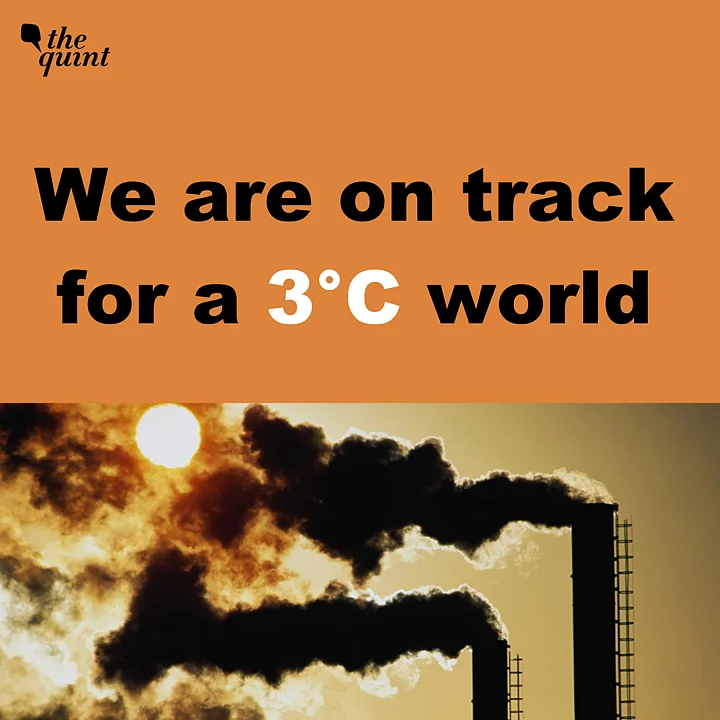The United Nations Intergovernmental Panel on Climate Change (IPCC) released the third set of reports on Monday, 4 April, aimed at finding ways to mitigate the dangers of rising temperatures.
Navroz Dubash, one of the authors of the report, and a researcher with the Centre for Policy Research (CPR), said, "By discussing global experience with laws, institutions and policies, the report lays out what it will take to build a ‘climate-ready state'."
With emissions acting as the biggest villain, the climate panel released details on reducing carbon dioxide levels from the atmosphere to prevent the planet from heating further.
“We are at a crossroads. The decisions we make now can secure a liveable future. We have the tools and know-how required to limit warming,” said IPCC Chair Hoesung Lee.
The report states that global emissions can be halved by 2030 with significant changes in the energy sector, which would have to include a major reduction in the use of fossil fuels.
The Working Group III (WGIII) report is the third report of the IPCC's AR6 assessment cycle, with two previous reports on ‘The Physical Basis’ (WGI) and 'Impacts, Adaptation and Vulnerability' (WGII) released in recent months.
The WGIII report is co-authored by 278 authors from 65 countries, has 354 contributing authors, and is approved by 195 governments.
While emissions in the last decade were the highest in human history, many emissions reduction opportunities are available at low cost, and emission reductions and development can both be realised by shifting development pathways, the report has said.
Here are the Key Findings of the Report:
1. An electrified global energy system, powered by clean renewable power and storage, gives countries their best chance of energy security and a safer, fairer world.
2. The world must begin phasing out fossil fuel infrastructure. Existing infrastructure alone will make the 1.5 degree Celsius target impossible to reach.
3. Scientists say meeting the ambitious Paris temperature targets is possible, but will require a huge step-change in effort that must begin now, including increased financial investment, and vital climate cash pledged by governments.
4. Meeting climate targets also means removing carbon dioxide from the atmosphere. But there are limits to how possible this is, which is why the IPCC’s net-zero pathways strongly emphasise rapid, deep emissions cuts now.
5. We are currently far short of limiting warming to 1.5 degrees Celsius or even 2 degrees Celsius – the goal of the Paris Agreement. Even if successful, current policies would lead to 2.7°C or more warming by the end of the century. Current net-zero climate commitments would still produce warming of around 2.2 degrees Celsius. To meet the Paris Agreement, we must do more.
‘Development Decisions Are Climate Decisions’
Prof Dubash said, "The unavoidable reality is that human emissions over this past decade have been the highest in history. Limiting warming to 1.5 degrees Celsius is out of reach without immediate and substantial short-term measures by 2030, in addition to longer-term efforts to reduce emissions to net-zero."
He added, “Development actions are also climate decisions and vice versa…Development choices about urban, energy and land systems shape can shift development pathways toward sustainability. And, because of growing impacts, sustainable development isn’t possible without accelerated mitigation and adaptation. Climate and development can no longer be seen as separate issues – development decisions are climate decisions, and vice-versa.”
(At The Quint, we question everything. Play an active role in shaping our journalism by becoming a member today.)










